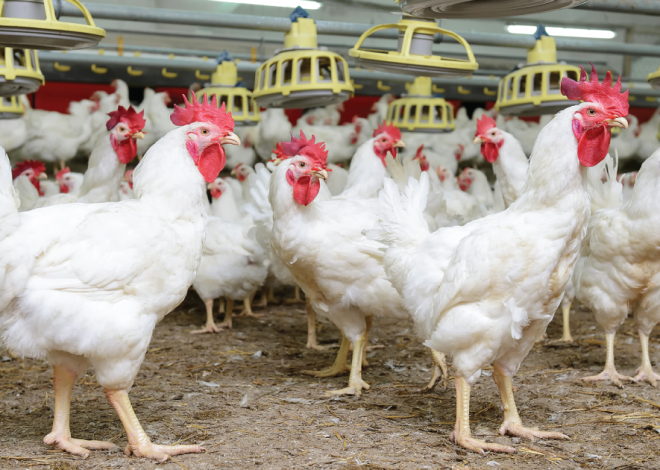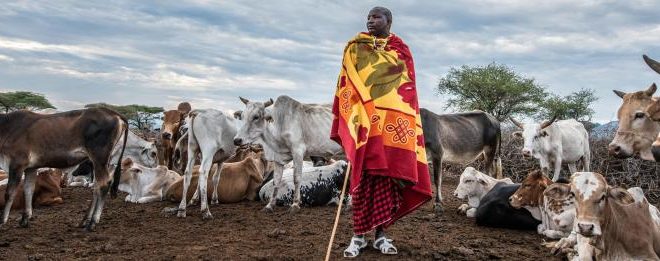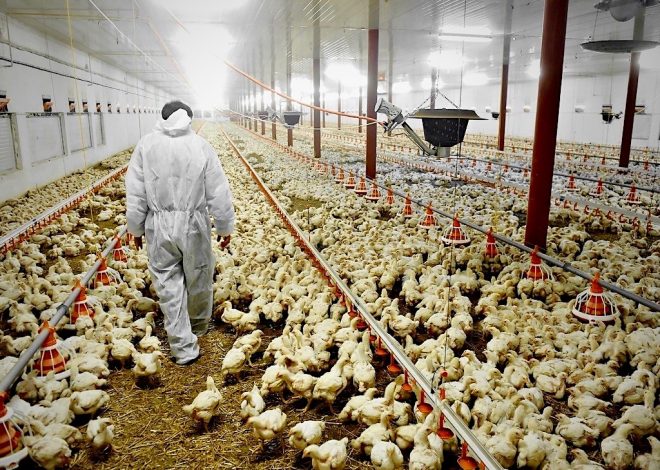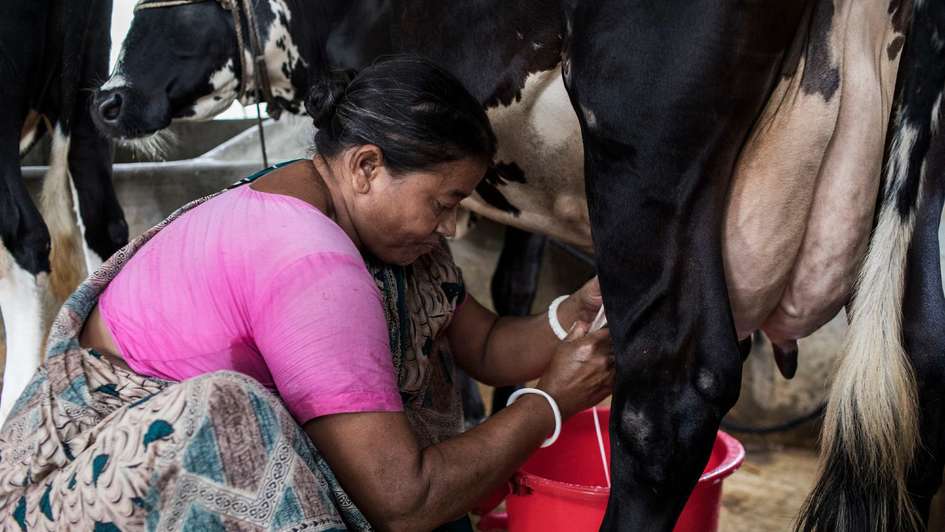
Nourishing the Future: Bangladesh Enhances Nutrition through Livestock Production Initiatives
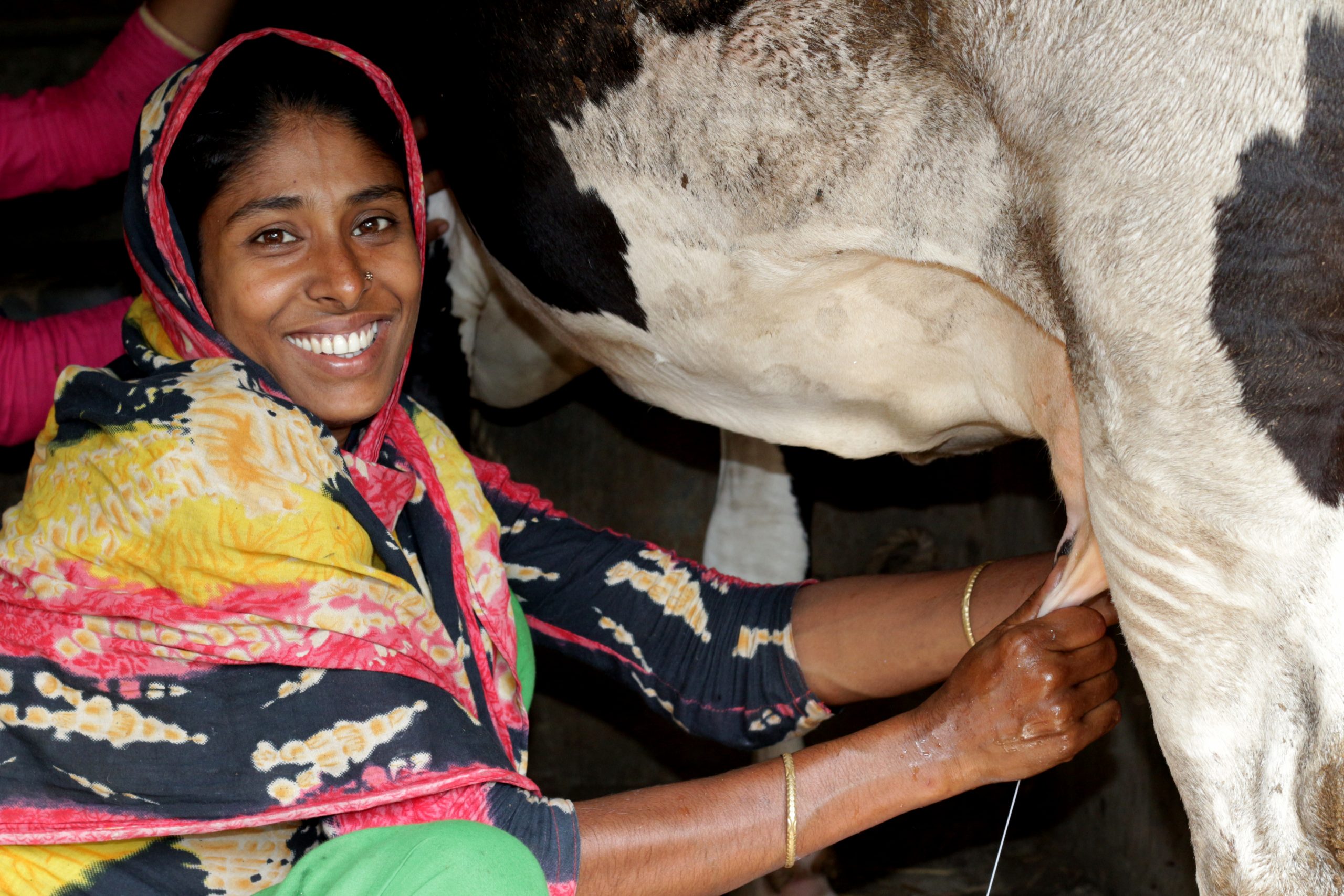
In the heart of South Asia, Bangladesh is not only a land of vibrant culture but also a nation committed to addressing nutritional challenges through innovative initiatives. One such transformative effort involves leveraging the power of livestock production to improve nutrition and build a healthier future for its citizens. This article explores Bangladesh’s endeavors in enhancing nutrition through strategic activities in the realm of livestock production.
**1. The Nutritional Landscape in Bangladesh:
- Challenges and Opportunities: Bangladesh, like many developing nations, faces nutritional challenges, particularly among vulnerable populations. Malnutrition, both undernutrition and overnutrition, poses a threat to the well-being of the population. In response, the country has embraced holistic approaches to address these issues.
**2. Livestock as a Nutritional Powerhouse:
- Diverse Nutrients from Animal Products: Recognizing the nutritional powerhouse that is livestock, Bangladesh has strategically focused on promoting the consumption of animal products rich in essential nutrients. Milk, meat, and eggs are not only valuable protein sources but also provide crucial vitamins and minerals necessary for human growth and development.
**3. Poultry Revolution:
- Empowering Communities: Bangladesh’s poultry sector has witnessed a remarkable revolution, with a significant increase in backyard and commercial poultry farming. This initiative empowers communities by providing a sustainable source of nutrition through eggs and poultry meat, contributing to improved dietary diversity.
**4. Dairy Development Programs:
- Enhancing Milk Production: Dairy development programs aim to boost milk production, ensuring a consistent supply of this nutrient-rich beverage. Improved dairy farming practices, enhanced cattle breeds, and supportive policies have all played pivotal roles in elevating the dairy sector’s contribution to nutrition.
**5. Integrated Livestock Farming:
- Sustainable Agriculture Practices: Bangladesh has embraced integrated livestock farming approaches that combine crop cultivation with animal husbandry. This synergy not only enhances agricultural productivity but also provides a diversified and nutritious diet, fostering sustainable and resilient communities.
**6. Nutritional Education and Awareness:
- Empowering Communities with Knowledge: Beyond production, Bangladesh emphasizes nutritional education and awareness. Empowering communities with knowledge about the nutritional benefits of livestock products ensures that families make informed dietary choices, promoting overall well-being.
**7. Government Initiatives and Partnerships:
- Policy Support for Nutrition: The government of Bangladesh has implemented policies that prioritize nutrition, recognizing its pivotal role in national development. Collaborations with international organizations and non-governmental entities further strengthen the impact of these initiatives.
**8. Future Outlook and Sustainable Development Goals:
- A Holistic Vision: Bangladesh’s commitment to improving nutrition through livestock production aligns with its broader vision for sustainable development. By addressing nutritional challenges at their root, the nation paves the way for a healthier, more resilient future for its citizens.
Conclusion:
As Bangladesh strides forward into the future, its innovative approaches to nutrition through livestock production stand as a testament to the nation’s commitment to holistic development. By recognizing the potential of animal products in addressing nutritional deficiencies and implementing strategic initiatives, Bangladesh is nourishing not only its present but also laying the groundwork for a healthier and more prosperous future. Through this journey, Bangladesh inspires other nations to explore sustainable solutions that harness the potential of agriculture and livestock for the well-being of their populations.
